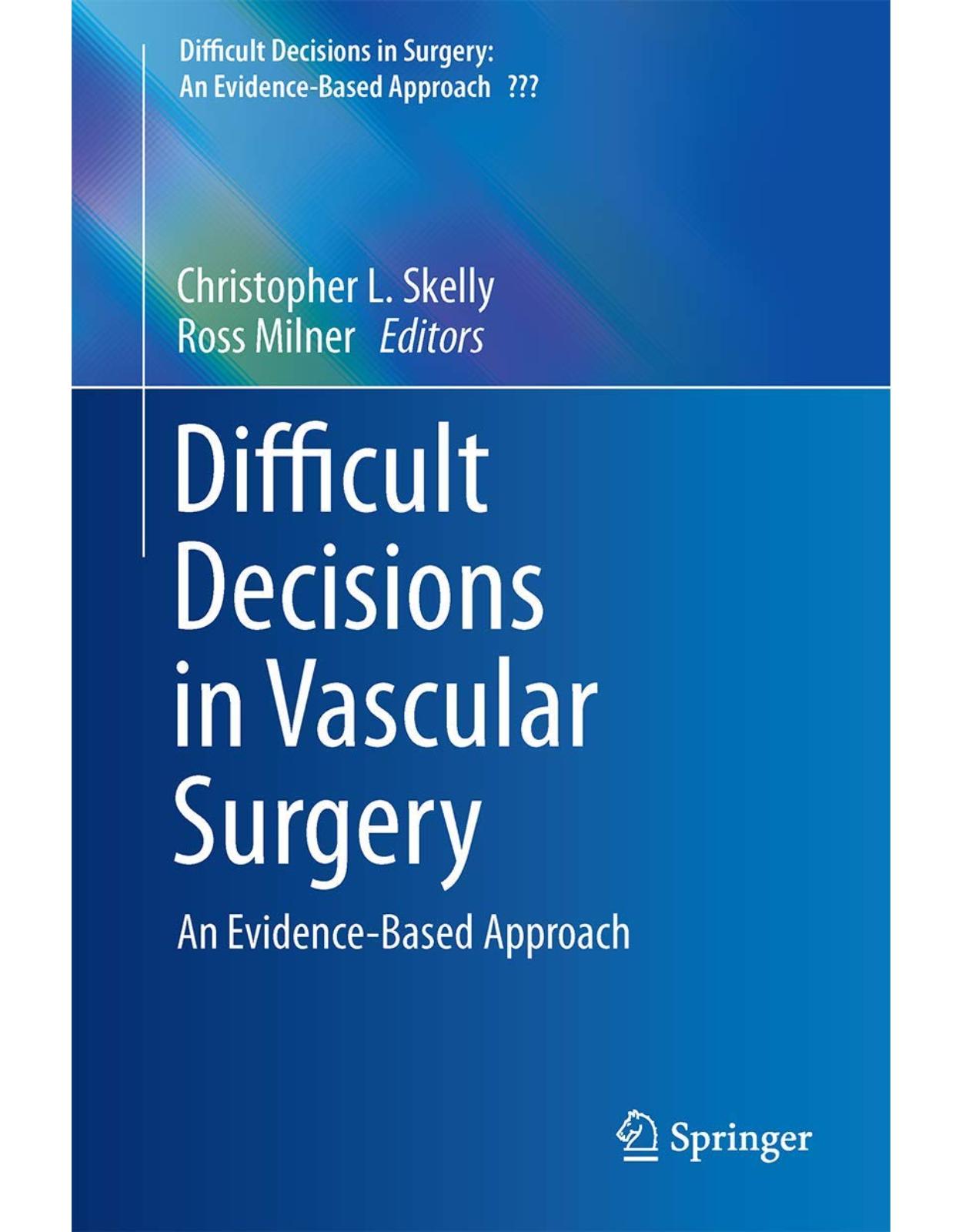
Difficult Decisions in Vascular Surgery: An Evidence-Based Approach (Difficult Decisions in Surgery: An Evidence-Based Approach)
Livrare gratis la comenzi peste 500 RON. Pentru celelalte comenzi livrarea este 20 RON.
Disponibilitate: La comanda in aproximativ 4 saptamani
Editura: Springer
Limba: Engleza
Nr. pagini: 523
Coperta: Hardcover
Dimensiuni: 15.88 x 3.81 x 24.13 cm
An aparitie: 18 Jan. 2017
Description:
This book looks at specific vascular surgery questions that have arisen and where careful analysis is given according to the level of supporting evidence available. As new technology is introduced to treat the cardiovascular system, alternative therapies begin to challenge and also complement traditional vascular surgery. All chapters contain the PICO table to summarise specific characteristics relative to the questions posed in each chapter. Difficult Decisions in Vascular Surgery- An Evidence-Based Approach is a current and timely reference source for practicing surgeons, surgeons in training, and educators, that describes the recommended ideal approach, rather than customary care, in selected clinical situations.
Table of Contents:
Part I: Aortic Disease
Chapter 1: In Patients with Acute Type B Aortic Dissection, Do Current Operative Therapies Reduce C
Introduction
Search Strategy
Results
Early Guidelines Summary
Prospective Registry- International Registry of Acute Aortic Dissection (IRAD)
Prospective Trials
Guidelines Summary
Recommendations
Personal View of the Data
References
Chapter 2: In Patients with a Chronic Type B Dissection, Does Endovascular Treatment Reduce Long T
Introduction
Search Strategy
Results
Results for Chronic Complicated Type B Dissections
Results for Chronic Uncomplicated Type B Aortic Dissections
Recommendations
A Personal View of the Data
References
Chapter 3: In Patients with a Retrograde Type A Aortic Dissection, Does Treatment Like a Type B
Introduction
Search Strategy
Results
Clinical Relevance of Type A Aortic Dissections Originating Distal to the Left Subclavian Arter
Spontaneous Type A Retrograde Dissection
Iatrogenic Retrograde Type A Dissections
Risk Factors for Spontaneous Type A Retrograde Dissection
Spontaneous Type A Retrograde Dissection
Iatrogenic Type A Retrograde Dissection
Treatment Strategies
Treatment of Spontaneous Type A Retrograde Dissections
Treatment of Iatrogenic Type A Retrograde Dissections
Recommendations
Spontaneous Type A Retrograde Dissection
Iatrogenic Type A Retrograde Dissections
A Personal View of the Data
Spontaneous Type A Retrograde Dissection
Iatrogenic Type A Retrograde Dissection
References
Chapter 4: In Patients with Small AAA, Does Medical Therapy Prevent Growth?
Introduction
Search Strategy
Results
Medical Therapies
Propranolol
Macrolide Antibiotics
Doxycycline
HMG-CoA Reductase Inhibitors
Aspirin
Exercise
Active Clinical Investigations
Antihypertension
Anti-inflammation
Antiplatelet
Doxycycline
Recommendations
A Personal View of the Data
References
Chapter 5: Challenging AAA Neck Anatomy: Does the Fenestrated or Snorkel/Chimney Technique Improve
Introduction
Search Strategy
Results
Early Mortality and Associated Perioperative Morbidity
Reintervention
Recommendations
A Personal View of the Data
References
Chapter 6: In Patients Who Require Hypogastric Artery Coverage to Treat an AAA with EVAR, Does Pr
Introduction
Methods
Results
Buttock Claudication
Other Complications and Quality of Life
Techniques for HA Preservation
Open/Hybrid Techniques
Endovascular Techniques
Recommendations
A Personal View of the Data
References
Chapter 7: In Patients with Aortic Graft Infections, Does EVAR Improve Long Term Survival Compared
Introduction
Search Strategy
Results
Primary Aortic Infection
Open Repair
Endovascular Repair
Aortic Graft Infection
Open Repair
Endovascular Repair
Endograft Infection
Recommendations Based on the Data
A Personal View of the Data
References
Chapter 8: Does EVAR Improve Outcomes or Quality of Life in Patients Unfit for Open Surgery?
Introduction
Search Strategy
Results
EVAR-2
De Martino et al.
Hynes et al.
Egorova et al.
Schanzer et al.
Lin et al.
Recommendations Based on the Data
A Personal View of the Data
References
Chapter 9: In Patients with Type 2 Endoleaks Does Intervention Reduce Aneurysm Related Morbidity an
Introduction
Search Strategy
Results
Clinical Relevance of Type II Endoleaks After EVAR
Risk and Prevention Strategies
Identification
Management: Imaging Surveillance Versus Intervention
Interventions
Recommendations
A Personal View of the Data
References
Chapter 10: Ruptured Abdominal Aortic Aneurysm Treated with Endovascular Repair; Does Decompressive
Introduction
Search Strategy
Results
Abdominal Compartment Syndrome as a Risk Factor for Mortality
Physiologic Parameters to Guide Laparotomy for ACS
Closure of Laparotomy for ACS
A Personal View of the Data
References
Chapter 11: In a Patient with Blunt Traumatic Aortic Injury, Does TEVAR Improve Survival Compared
Introduction
Search Strategy
Classification of Blunt Traumatic Aortic Injuries
BAI Treatment Options
Literature Summary
A Personal View of the Data
References
Part II: Lower Extremity Arterial Disease
Chapter 12: In Patients with Aortoiliac Occlusive Disease, Does Endovascular Repair Improve Outcome
Introduction
Search Strategy
Results
Aortobifemoral Bypass
Aortoiliac Angioplasty and Stenting
Comparison of Endovascular vs Open Bypass
Endovascular Considerations
TASC Classification
Technical Success
Primary Versus Selective Stenting
Covered Versus Bare Metal Stents
Special Considerations
Recommendations
Personal View of the Data
References
Chapter 13: In Patients with Aortoiliac Occlusive Disease, Does Extra-anatomic Bypass Improve Quali
Introduction
Search Strategy
Results
Clinical Relevance of Amputation-Free Survival and Improvement in Quality of Life
Extra-anatomic Bypass for Aortoiliac Occlusive Disease
Recommendation
Personal View of Data
References
Chapter 14: In Patients with Critical Limb Ischemia Does Bypass Improve Limb Salvage and Quality o
Introduction
Search Strategy
Results
Limb Salvage
Quality of Life
A Personal View of the Data
References
Chapter 15: In Patients with Limb-Threatening Ischemia Who Are Not Candidates for Revascularizati
Search Strategy
Introduction
Critical Limb Ischemia
Surgical Intervention in Limb-Threatening Ischemia: Predictors of Surgical Failure and How to D
Demographic and Patient Risk Factors
Wound and Anatomic Risk Factors
Non-surgical Treatment Options for Limb Threatening Ischemia
Risk Factor Optimization and Pharmaceutical Treatments
Statins
Cilostazol
Propionyl-L-Carnitine
Steroids
Prostanoids
Wound Care
Cell Therapy
Gene Therapy
Spinal Cord Stimulation
Hyperbaric Oxygen
Hypertensive Extracorporeal Limb Perfusion
Deep Vein Arterialization
ArtAssist
Recommendations
A Personal View of the Data
References
Chapter 16: In the Patient with Profunda Artery Disease, Is Open Revascularization Superior to En
Introduction
Search Strategy
Results
Open Surgery: The Gold Standard
Endovascular Intervention: The Alternative
Head to Head Comparison
Recommendations
A Personal View of the Data
References
Chapter 17: In Patients with Limb-Threatening Vascular Injuries, Is There a Role of Prophylactic
Introduction
Technique
Search Strategy
Results
Time Course of Compartment Syndrome
Risk Factors
Complications of Prophylactic Fasciotomy
Prevention Strategies: Prophylactic Fasciotomy
A Personal View of the Data
References
Chapter 18: In Patients with Popliteal Entrapment Syndrome, Does Surgery Improve Quality of Life?
Introduction
Search Strategy
Results
Presentation and Diagnosis
Surgical Intervention
Outcomes and Follow-up
A Personal View of the Data
References
Part III: Mesenteric Disease
Chapter 19: In Patients with Acute Mesenteric Ischemia Does an Endovascular or Hybrid Approach Imp
Introduction
Search Strategy
Results
Incidence and Risk Factors for AMI
Presentation and Diagnosis of AMI
Treatment of AMI
Endovascular Therapeutic Options
Aspiration Embolectomy
Catheter-Directed Thrombolysis
Antegrade Angioplasty and Stenting
Retrograde Recanalization and Stenting of the Superior Mesenteric Artery
Open Versus Endovascular Revascularization for AMI
Recommendations
A Personal View of the Data
References
Chapter 20: Chronic Mesenteric Arterial Disease: Does an Endovascular/Hybrid Approach Improve Morbi
Search Strategy
Results
Clinical Presentation
Diagnostic Imaging
Indications for Revascularization
Choice of Open Versus Endovascular Revascularization
Endovascular Revascularization
Open Revascularization
Comparative Results of Open and Endovascular Revascularization
Morbidity, Mortality and Survival
Symptom Relief
Restenosis and Re-interventions
A Personal View of the Data
References
Chapter 21: In Patients with Mesenteric Ischemia Is Single Vessel Reconstruction Equivalent to Mul
Introduction
Search Strategy
Results
Open Revascularization
Endovascular Revascularization
Recommendations
A Personal View of the Data
References
Chapter 22: In Patients with Celiac Artery Compression Syndrome, Does Surgery Improve Quality of L
Introduction
Search Strategy
Results
Pre-operative Predictors of Surgical Outcome
Surgical Technique
Surgical Outcomes
Recommendations
A Personal View of the Data
References
Chapter 23: In Patients with Superior Mesenteric Artery Syndrome, Is Enteric Bypass Superior to Du
Introduction
Search Strategy
Results
Clinical Results of Duodenojejunostomy
Clinical Results of Gastrojejunostomy
Clinical Results of Mobilization of the Duodenum
Recommendations Based on the Data
A Personal View of the Data
References
Chapter 24: In Patients with Renovascular Hypertension Is There a Role for Open or Endovascular R
Introduction
Search Strategy
Atherosclerotic Renal Artery Stenosis
Optimal Medical Therapy Versus Angioplasty/Stenting Plus Optimal Medical Therapy
Open Surgical Intervention
Non-atherosclerotic Renal Artery Stenosis
Optimal Medical Therapy Versus Angioplasty and Stenting (Non-atherosclerotic Renal Artery Steno
Open Surgical Intervention (Non-atherosclerotic Renal Artery Stenosis)
Recommendations
A Personal View of the Data
References
Chapter 25: Does Endovascular Repair Reduce the Risk of Rupture Compared to Open Repair in Splan
Introduction
Search Strategy
Results
Clinical Relevance of Splanchnic Artery Aneurysms
Treatment Strategies
Recommendations
A Personal View of the Data
References
Part IV: Cerebrovascular Disease
Chapter 26: In Patients with Asymptomatic Carotid Artery Stenosis Does Current Best Medical Managem
Introduction
Search Strategy
Results
Carotid Endarterectomy Compared to Medical Therapy
Management Guidelines
A Personal View of the Data
References
Chapter 27: In Patients with Symptomatic Carotid Artery Stenosis Is Endarterectomy Safer Than Carot
Introduction
Search Strategy
Results
Major Trials
Local Complications
Personal View of the Data
References
Chapter 28: In Patients Undergoing Carotid Endarterectomy, Is the Eversion Technique Superior to a
Introduction
Standard Carotid Endarterectomy (sCEA)
Eversion Carotid Endarterectomy (eCEA)
Search Strategy
Single-Arm Studies of eCEA
Comparative Studies
Personal View of the Data
References
Chapter 29: In Patients with a Stroke Attributable to a Carotid Artery Stenosis, Does Waiting to
Introduction
Search Strategy
Results
Historical Background for Timing of Carotid Endarterectomy
Evidence for Surgery at Less Than Two Weeks for TIA and Mild Stroke
Risk of Recurrent Stroke
Perioperative Risk
Surgery in the “Hyperacute” Period
Differences Based on Severity of Stroke/TIA
Management of Crescendo TIA/Stroke in Evolution
Management Following Thrombolysis for Acute Stroke
Carotid Stenting
Summary
A Personal View of the Data
References
Chapter 30: In Patients with a Peri-procedural Cerebral Thromboembolism, Does Neurovascular Rescue
Introduction
Search Strategy
Results
Evidence for Prevention
Embolic Protection Devices
Antiplatelet Therapy
Evidence for Use of Neurovascular Rescue
Carotid Artery Stenting
Neurovascular Rescue During Cardiac Procedures
Complications of Neurovascular Rescue
A Personal View of the Data
References
Chapter 31: In Patients with Extra-cranial Carotid Artery Aneurysms, Does an Endovascular Approach
Introduction
Search Strategy
Results
Surgical v. Endovascular Intervention
Surgical Management Only
Endovascular Management
Medical Management
Summary
A Personal View of the Data
References
Chapter 32: In Patients with Carotid Artery Dissection, Is Stenting Superior to Open Repair to Im
Introduction
Search Strategy
Results
Outcomes After Open Repair
Outcomes After Endovascular Repair
Recommendations
Personal View of the Data
References
Chapter 33: In Patients with Cervico-Thoracic Vascular Injuries Is Endovascular Repair Superior in
Introduction
Search Strategy
Results
Vertebral Artery
Carotid Artery
Subclavian and Innominate Arteries
A Personal View of the Data
References
Part V: Venous and Arteriovenous Disease
Chapter 34: In Patients with Iliofemoral Deep Vein Thrombosis Does Clot Removal Improve Functional
Introduction
Search Strategy
Results
Catheter Directed Thrombolysis
Background
Choice of Pharmacologic Agent for Thrombolysis
Pharmacomechanical Thrombolysis
Functional Outcomes with CDT Versus Conventional Treatment Only
Percutaneous Aspiration Thrombectomy
Surgical Thrombectomy
Recommendations
A Personal View of the Data
References
Chapter 35: In Morbidly Obese Patients Undergoing Major Abdominal Operative Procedures, Does Inferio
Introduction
Search Strategy
Results
Studies Favoring the Use of IVC Filters
Studies Against the Use of IVC Filters
Review Studies
Recommendations
The ASMBS Statement
Other Recommendations
A Personal View of the Data
References
Chapter 36: In Patients with Chronic Venous Stenosis, Does Placement of a Stent Improve Patency C
Introduction
Search Strategy
Results
Venous Stenosis in Dialysis Patients
Symptomatic Femoroiliocaval Venous Stenosis
Personal View of the Data
References
Chapter 37: In Patients with Chronic Venous Ulcer Is the Unna Boot Still the Best Approach to Wo
Introduction
Search Strategy
Results
Compression Therapy for Chronic Venous Ulceration Healing
Type of Wound Dressing
Negative Pressure Wound Therapy
Personal View of the Data
References
Chapter 38: In Patients with Threatened or Occluded Dialysis Access Grafts, Is It Better to Salvag
Introduction
Search Strategy
Results
Society for Vascular Surgery Clinical Practice Guidelines
Arteriovenous Fistula Compared with Arteriovenous Graft
Arteriovenous Grafts and Secondary Arteriovenous Fistulas
A Personal View of the Data and Recommendations
References
Chapter 39: In Patients with New Arteriovenous Fistulas, Are There Effective Strategies to Enhance
Introduction
Search Strategy
Results
Definition of AVF Maturation
Preoperative Factors for AVF Failure (Table 39.2)
Specific Populations
Intraoperative Factors Affecting AVF Failure, Maturation and Durability (Table 39.3)
Postoperative Factors Affecting AVF Failure, Maturation and Durability (Table 39.4)
Adjuvant Therapies
Recommendations
A Personal View of the Data
References
Part VI: Perio-operative Management
Chapter 40: In Patients with Cardiovascular Disease, Do Statins Alone, or in Combination with Oth
Introduction
Search Strategy
Results
Statin Therapy Alone
Statin Therapy in Combination with Other Medical Therapy
Recommendations
A Personal View of the Data
References
Chapter 41: In Patients Who Have Undergone a Lower Extremity Bypass for PAD, Does Dual Anti-plat
Introduction
Search Strategy
Results
Antiplatelet Agents
Clinical Trials
A Personal View of the Data
References
Chapter 42: In Patients Undergoing Vascular Surgery, Does Preoperative Coronary Revascularization Re
Introduction
Search Strategy
Results
Preoperative Risk Stratification
Invasive Cardiac Assessment and Revascularization
Current Practice and Remaining Areas of Uncertainty
A Personal View of the Data
References
Index
| An aparitie | 18 Jan. 2017 |
| Autor | Christopher L. Skelly (Editor), Ross Milner |
| Dimensiuni | 15.88 x 3.81 x 24.13 cm |
| Editura | Springer |
| Format | Hardcover |
| ISBN | 9783319332918 |
| Limba | Engleza |
| Nr pag | 523 |

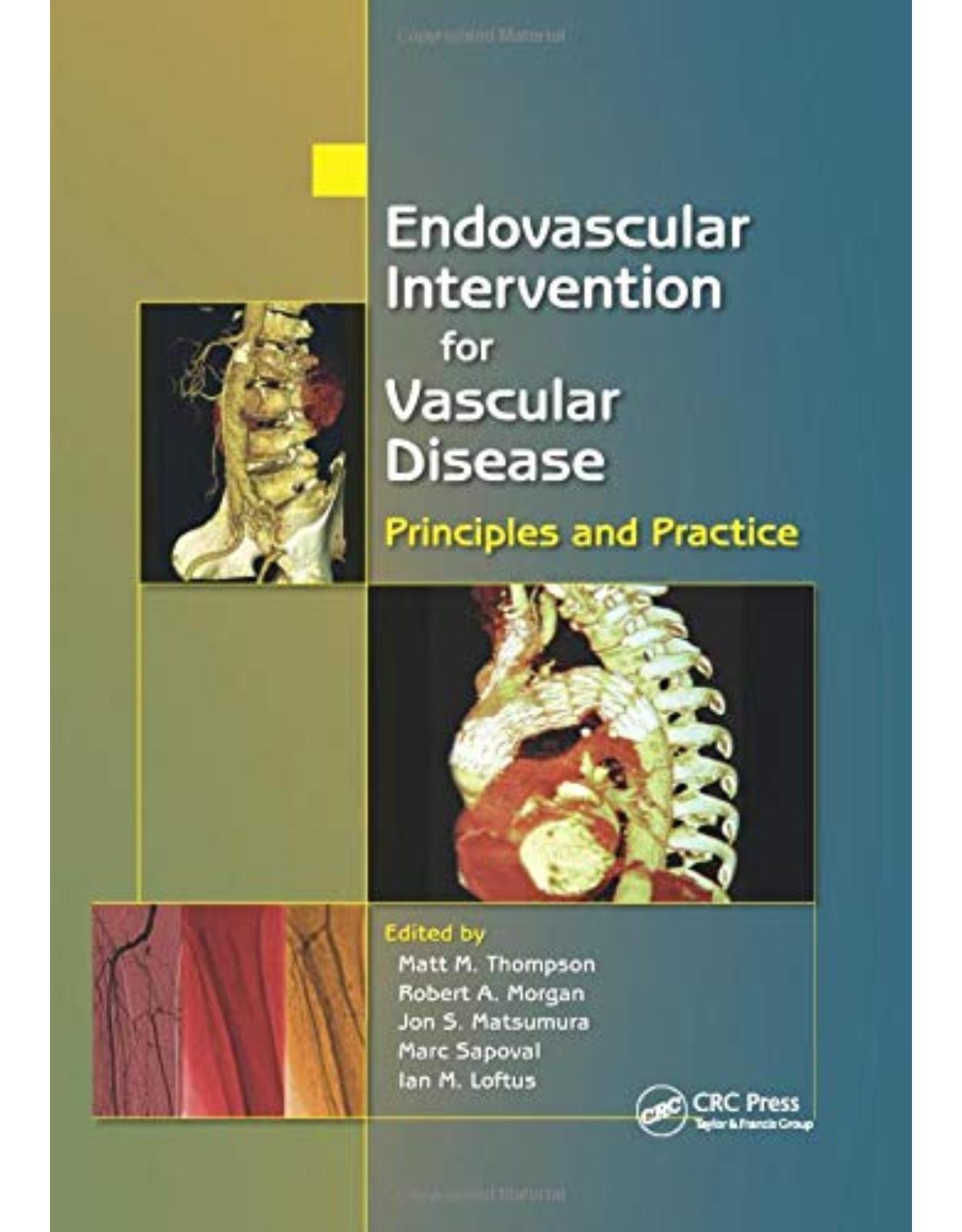
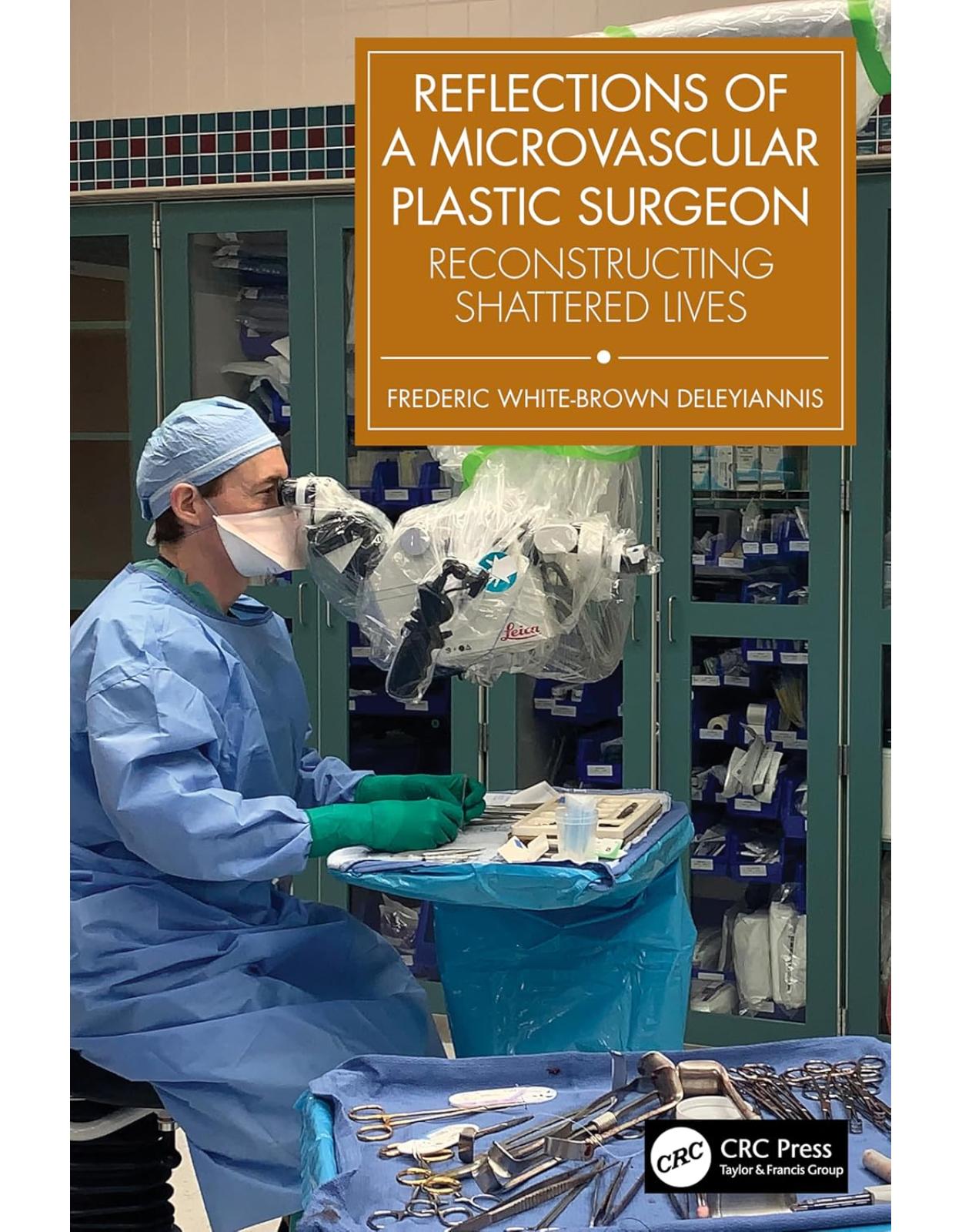
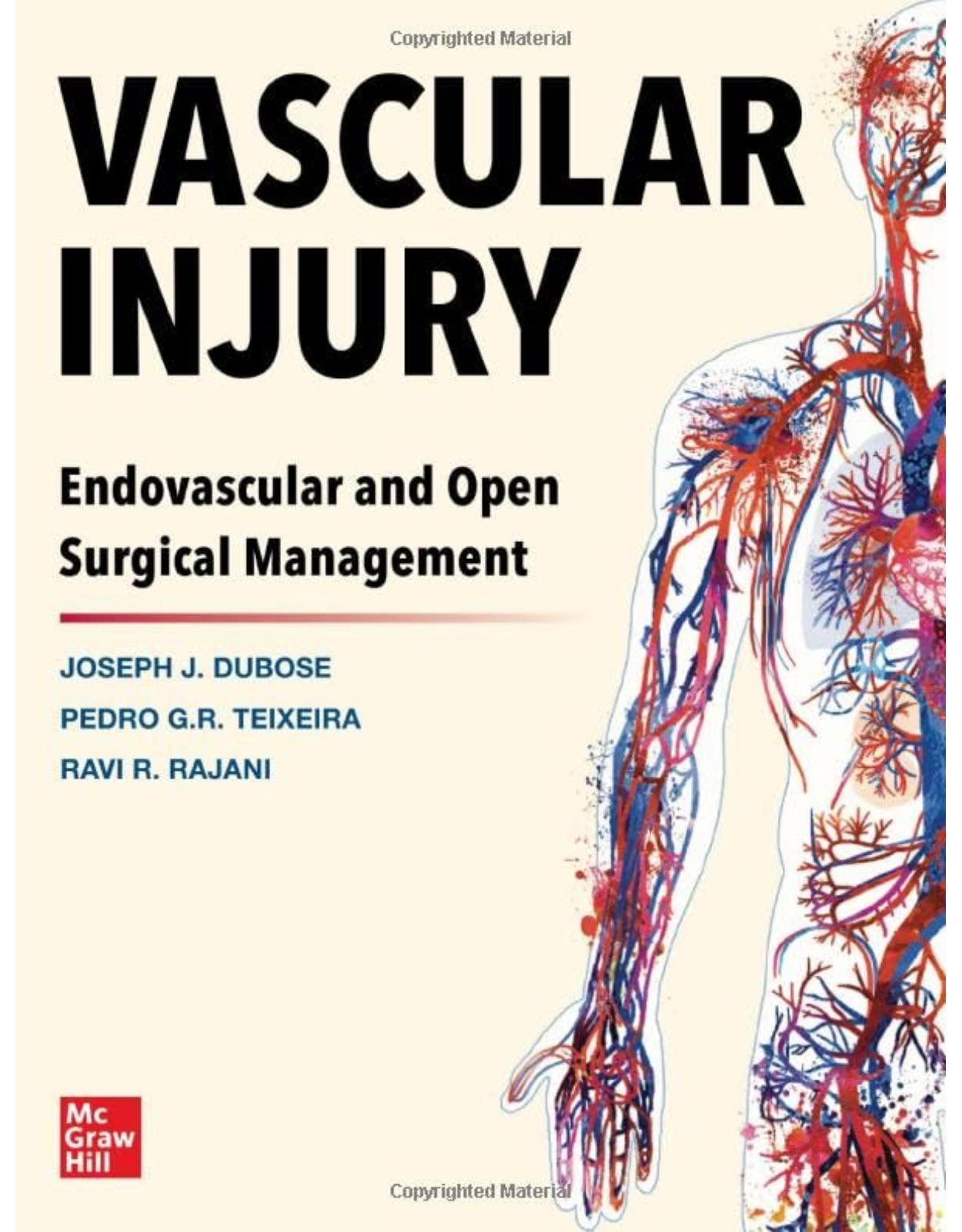
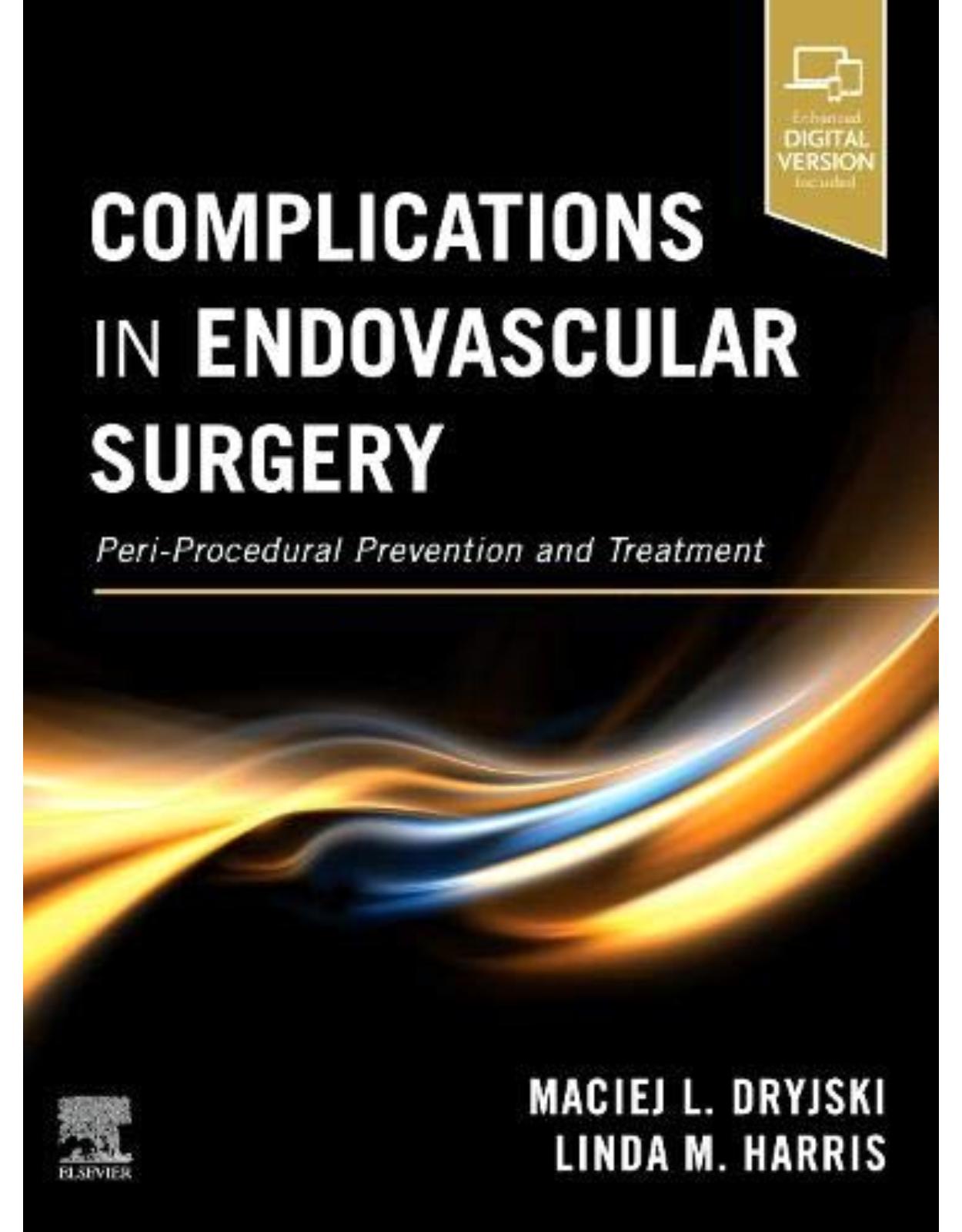
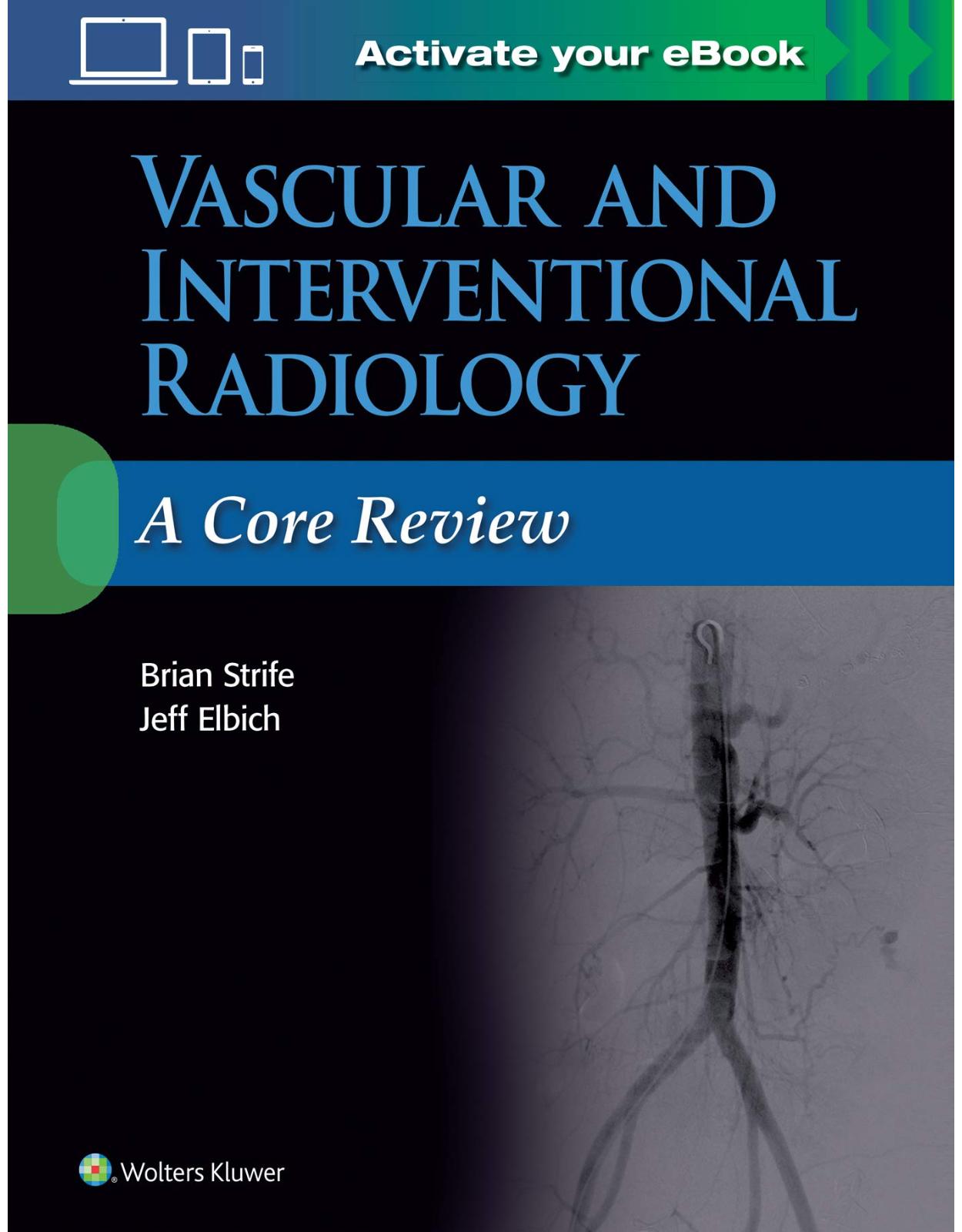
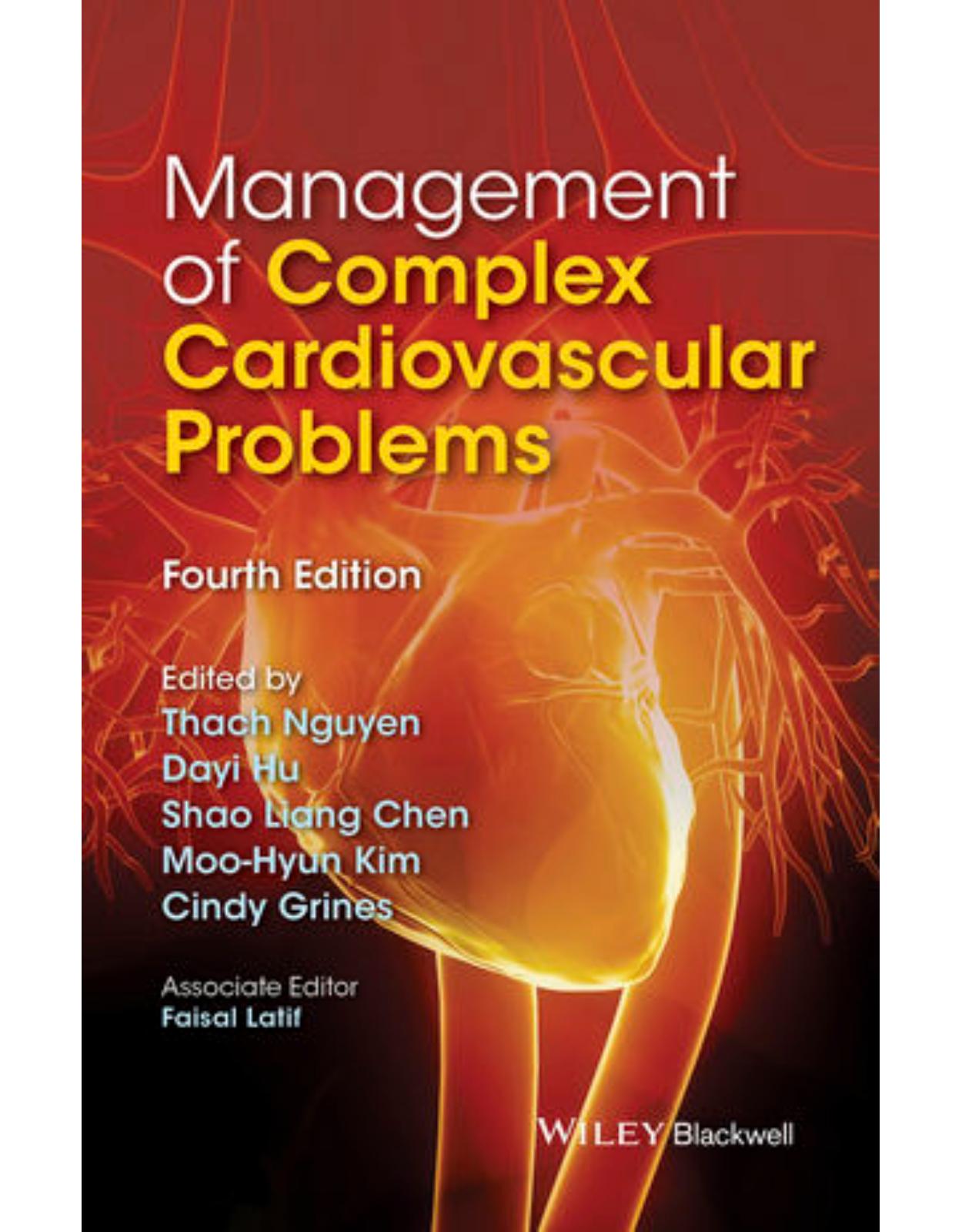
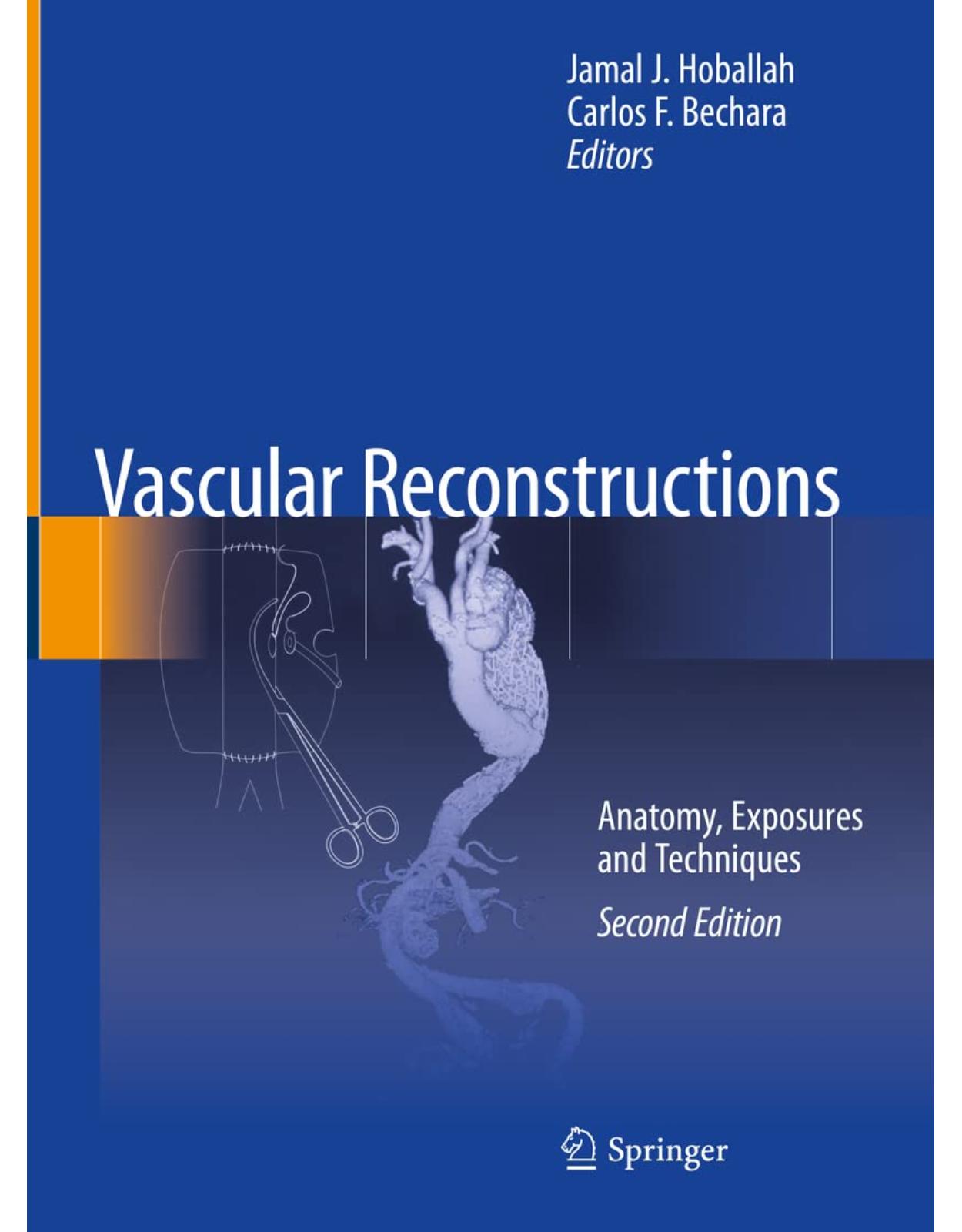
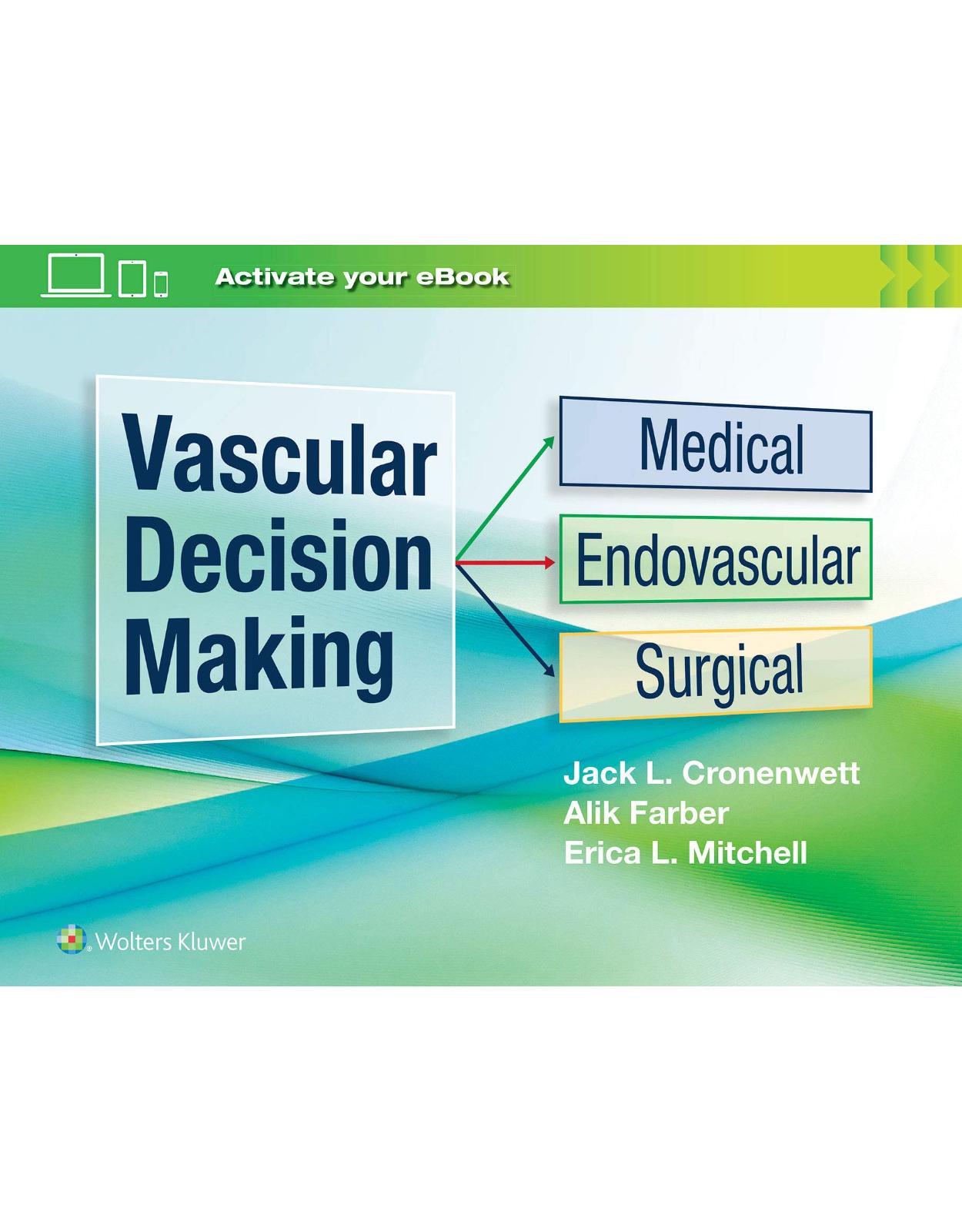
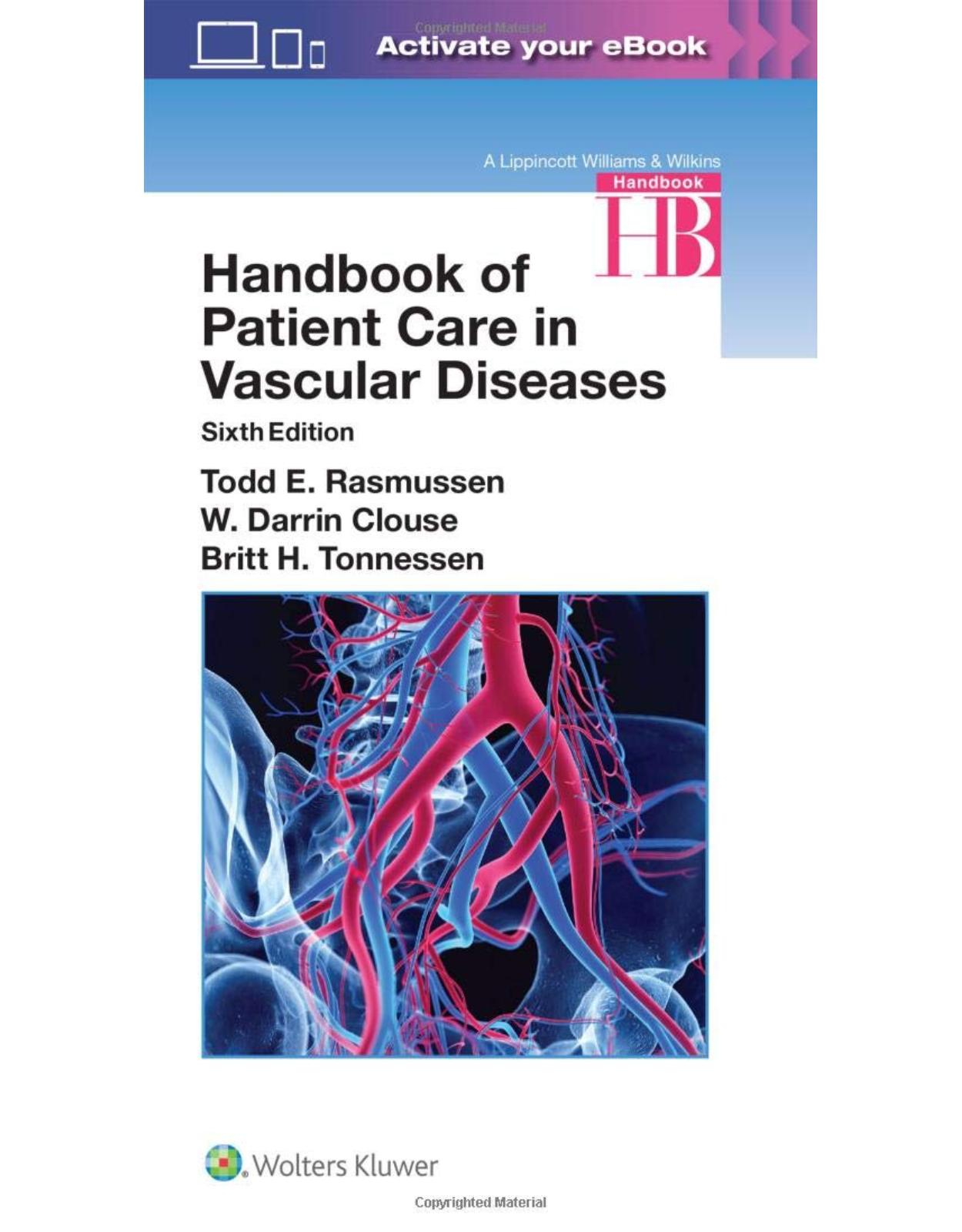
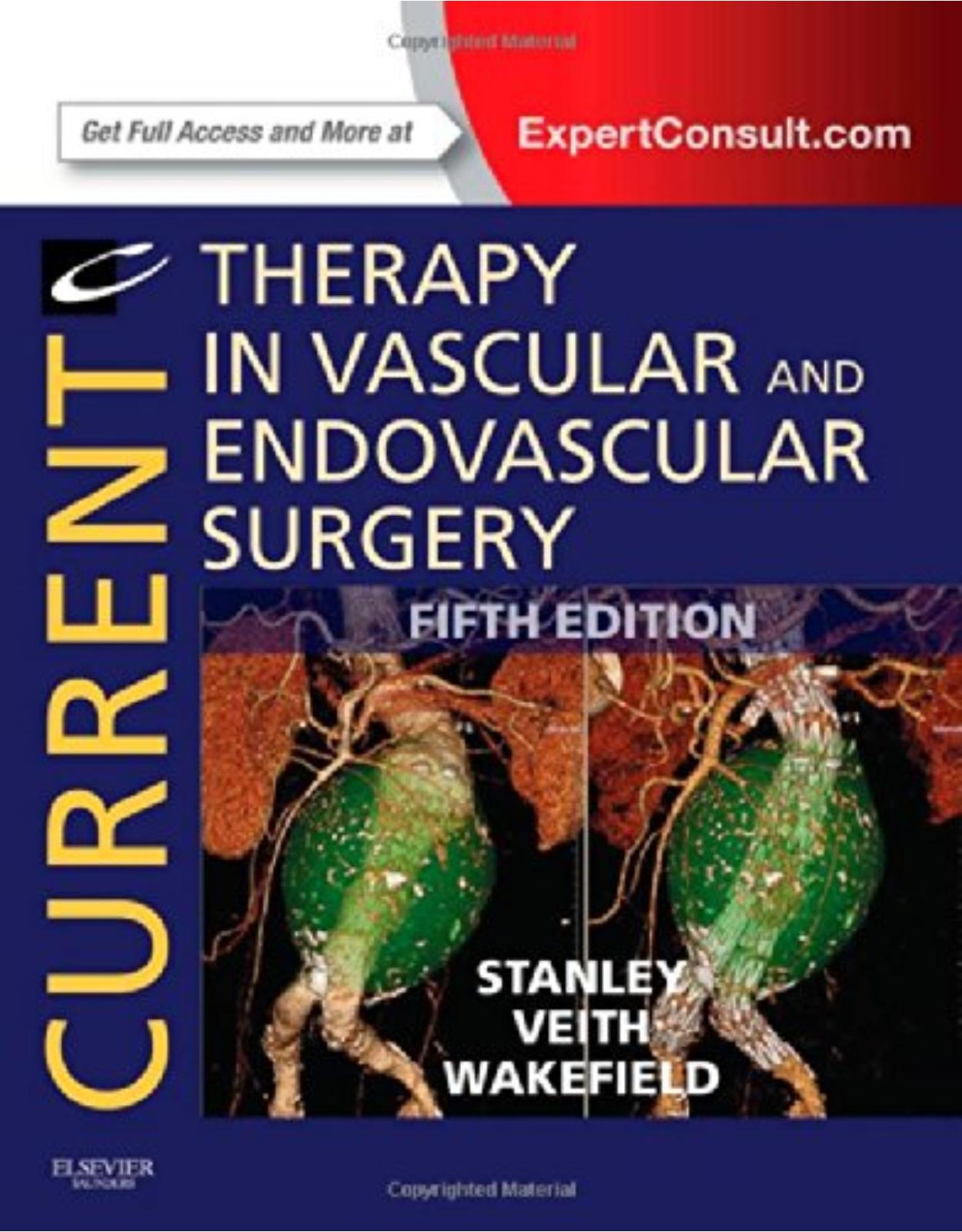

Clientii ebookshop.ro nu au adaugat inca opinii pentru acest produs. Fii primul care adauga o parere, folosind formularul de mai jos.